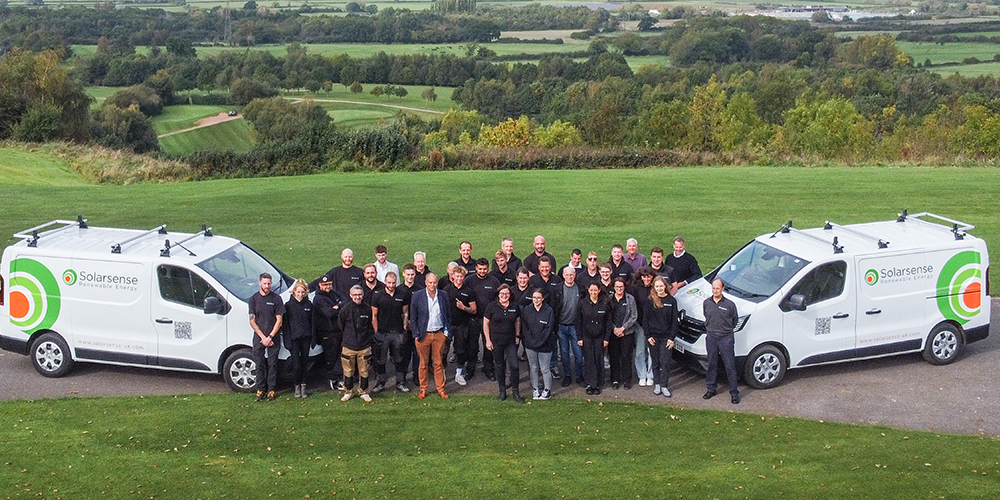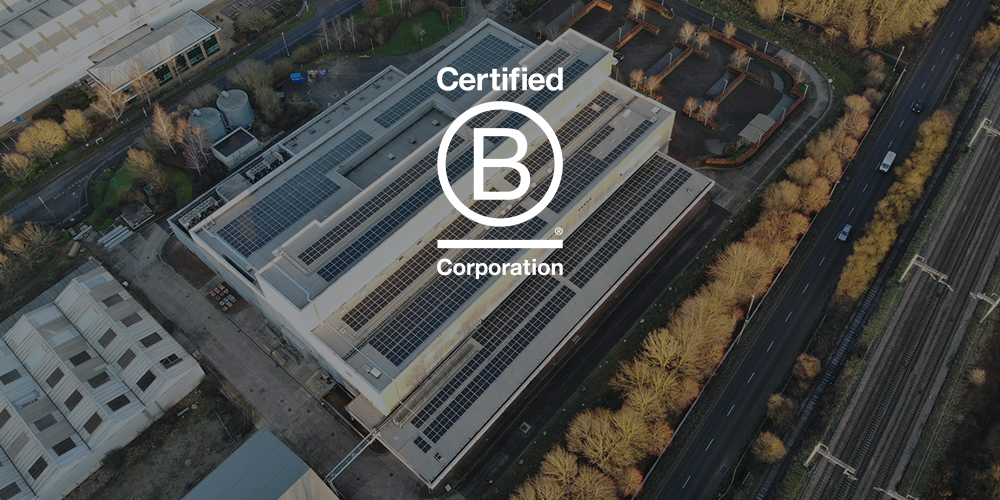
The long awaited announcement from DECC on the Feed In Tariff (FIT) scheme from 2016 onwards appears to fall between two stools:
- Moving the “market” to one not reliant on “subsidies”
- Central control on type and quantity of installations
The FIT scheme has moved the “market” from one seen by many: of interest to the “early adopters” to where we are today “an accepted technology”. The challenges the market now has to address are:
- Recognition that energy prices and supply can be and are volatile
- Individuals and businesses need to protect themselves from that volatility
- Utilising “Sustainable Solutions” will:
- Fix energy costs for the foreseeable future
- Guarantee supply
In summary the FIT Changes
- DECC had 2 mechanisms available
- Pause the FIT scheme or close the FIT scheme with 21 days’ notice. (This pause can be to cover periods while changes come into effect.)
- Make changes to the FIT scheme after 40 days
- The New scheme
- Pausing the scheme with 28 days’ notice
- Making a drop to the FIT’s with 40 days’ notice (Different ways of working the dates will come to the 8th February, or beyond)
- FIT Rates
Installations up to 31st December 2015
|
0-4kW |
12.47p |
|
4-10kW |
11.30p |
|
10-50kW |
11.30p |
|
50-150kW |
9.63p |
|
150-250kW |
9.21p |
Installations from 1st January to 14 January recieve the 3.5% FIT digression
|
0-4kW |
12.03p |
|
4-10kW |
10.90p |
|
10-50kW |
10.90p |
|
50-150kW |
9.29p |
|
150-250kW |
8.89p |
Installations from 15th January to 7th February will fall into the queue for the new rates starting 8th February
Installations from the 8th February onwards
|
0-10kW |
4.39p |
|
10-50kW |
4.59p |
|
50-250kW |
2.7p |
|
250-1000kW |
2.27p |
1. Caps to deployment
a. 0-10kW – 48.4MW, about 8000 installtions per month of 6kWp
b. 10-50kW – 16.5MW, about 55 installations per month of 30kWp
c. 50kW – 14.1MW, about 94 installations of 150kWp
d. Queing System
i) Once a cap is reached new installations to be placed in the queue for next quarter
ii) If a cap is not reached the excess will be rolled over to the next quarter at the new rate
2. Digression rates
a. 10% if an installation cap is hit
3. Pre-accreditation
a. This returns from 8th February 2016, and relates to systems of 50kW and above
4. Extensions
a. Systems installed after 15th January 2016 that are subsequently extended will be able to receive the FIT for the original system but not the extension.
FURTHER NEWS
You might like…



